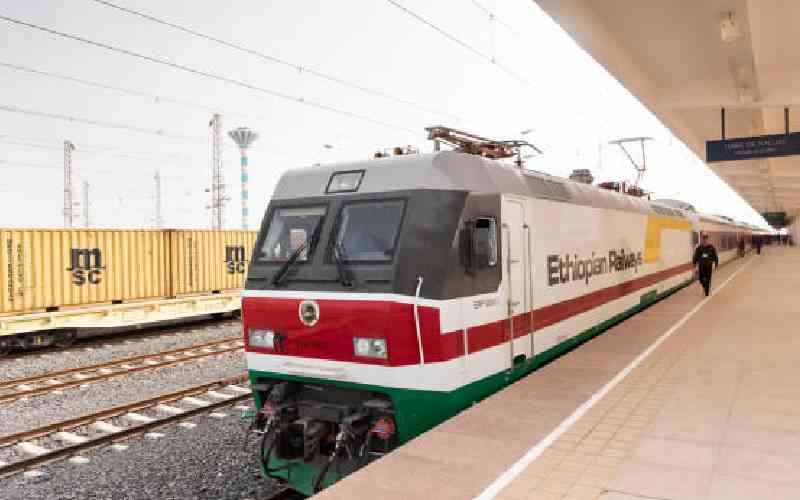
In June 2019, when I sat down with the then Transport Cabinet Secretary James Macharia and Ugandan Finance Minister Matia Kasaija on the sidelines of the first China-Africa Trade Expo in Changsha, China, it was clear that geopolitical tensions in the East African region were the main reason for the delay in the full implementation of the Standard Gauge Railway (SGR) protocol.
Kampala was hesitant to construct the SGR from Uganda’s capital to Malaba before Nairobi extended its line to the border. However, the Jubilee administration felt let down by its peers.
During the Belt and Road Initiative forum in Beijing, President Uhuru Kenyatta emphasised that every country should implement the agreements of the initiative, just like Nairobi had done.
When Kenya, with the help of China launched the SGR on December 1, 2017, it was seen as a game-changer, facilitating cargo transportation and enhancing people-to-people exchanges.
At the time, Nairobi was monopolising the rail sector. However, seven years later, Kenya is facing stiff competition from Tanzania and even Uganda, which has signed a deal with the Turkish firm Yapi Merkezi to construct its own railway within 48 months.
While the move by East African countries to join the railway league is good for regional integration and trade, Kenya needs to rethink its SGR plan to avoid being left behind by its peers who are now building electric railways, unlike Nairobi’s diesel-powered SGR.
In 2014, Kenya, along with its Northern Corridor Partner States—Uganda, Rwanda, and later South Sudan—signed a regional SGR protocol to develop a seamless transport system interconnecting their cities and connecting them to the coast of Mombasa.
With Kenya now in fresh talks with Beijing about extending the SGR from Naivasha to Malaba, the East African economic powerhouse must remain relevant and make the Port of Mombasa attractive to avoid losing business to Dar es Salaam.
Nairobi will be forced to revamp its existing Mombasa-Naivasha line to electric power. The ongoing talks, which will conclude in December, should focus on electric SGR rather than the diesel-powered one.
Although Kenya initially started with a diesel-powered train, China has shown willingness to help Nairobi upgrade its line to electric.
The deal inked four years ago between the Kenya Electricity Transmission Company and China Electric Power Equipment and Technology Company should be expedited to make Kenya’s dream of having an electric train, like Tanzania and Uganda’s proposed one, a reality.
As a country, we cannot effectively address global warming if we continue using diesel-powered trains. Achieving the Paris Agreement’s goal of reducing transport-related emissions from the current 7.7 gigatons of carbon dioxide by 2050 will require transitioning to cleaner energy sources.
Regardless of whether a country has a diesel or electric SGR, the Port of Mombasa and Kampala, both key cities along the Northern Corridor Infrastructure Projects Protocol, are essential for unlocking economic growth and fostering a conducive investment environment for local and foreign investors.
Mr Onyango is a journalist and communication consultant
Stay informed. Subscribe to our newsletter